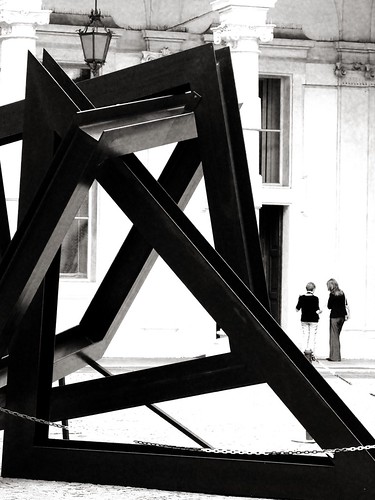© Angela M. Lobefaro
All Rights Reserved
RIPRODUZIONE RISERVATA
The University of Turin was founded as a studium in 1404, under the initiative of Prince Ludovico di Savoia. From 1427 to 1436 the seat of the university was transferred to Chieri and Savigliano. It was closed in 1536, and reestablished by Duke Emmanuel Philibert thirty years later. It started to gain its modern shape following the model of the University of Bologna, although significant development did not occur until the reforms made by Victor Amadeus II, who also created the Collegio delle Province for students not natives of Turin.
With the reforms carried out by Victor Amadeus II, the University of Turin became a new reference model for many other universities. During the 18th century, the University faced an enormous growth in faculty and endowment size, becoming a point of reference of the Italian Positivism. Notable scholars of this period include Cesare Lombroso, Carlo Forlanini and Arturo Graf.
In the 20th century, the University of Turin was one of the centers of the Italian anti-fascism. After the post-war period, the increase in the number of students and the improvement of campus structure were imposing, although losing some of its importance until a new wave of investments carried out in the end of that century. The new impulse was performed in collaboration with other national and international research centers, as well as with local organizations and the Italian Minister of Public Instruction.
By the end of the 1990s, the local campi of Alessandria, Novara and Vercelli became autonomous units under the new University of Eastern Piedmont.
en.wikipedia.org/wiki/University_of_Turin
04 November, 2011
In the End only People count
Posted by
Angela Lobefaro
at
6:26:00 PM
![]()
Subscribe to:
Post Comments (Atom)






No comments:
Post a Comment